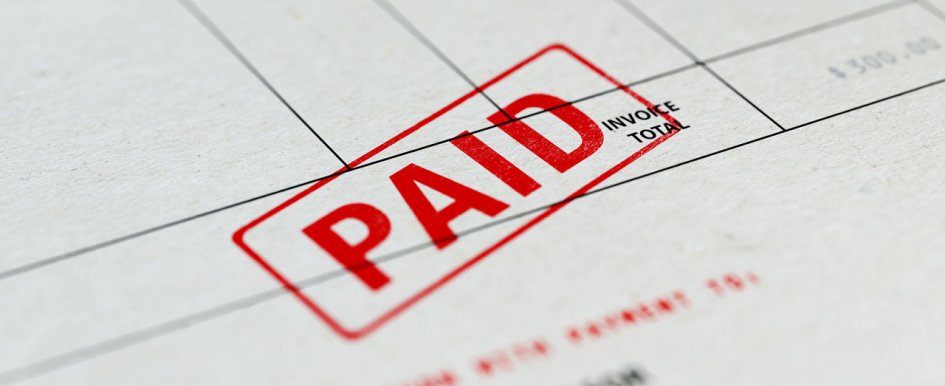
Having the right tools on the jobsite can make all the difference between an on-time, on-budget project and an over-budget project with overworked site managers, subcontractors and suppliers. That is why you spend your evenings catching up on industry news, lunches watching webinars and weekends at far-flung conferences—all in search of just the right tools to do a better job. And much like sharpening the axe on both sides, sharpening your back-office tools is paramount. Recently, payment automation has emerged as one of the tools helping accounts payable perform at its best, slashing costs, earning rebates and improving subcontractor and supplier relationships. The following information explains how your accounts payable department can hit pay dirt through payment automation.
1. Demolishing Costs
Paper checks are expensive. Aside from the direct costs associated, there are also the hidden, difficult-to-calculate costs to consider. Those more peripheral costs, such as time spent stuffing envelopes, post office runs and even the time spent walking checks around the office for signature, can quickly add up.
So, it’s not difficult to see how reducing the use of paper checks can have a dramatic effect on the expenses in accounts payable. Electronic payments deliver the one-two punch of cost savings by reducing both the cost associated with payment transmission (a fixed cost) and reducing the time spent preparing and issuing payment (a variable labor cost). And that’s just the foundation of payment automation.
Automating the payment workflow allows a payment to be automatically routed to its rightful authorizer. Complex workflows—those requiring qualified approvals or multiple approval signoffs—are sent with ease. In an ideal accounts payable workflow, purchase orders (PO) would automatically be matched to corresponding invoices, payment approvals would automatically be sent after materials have been received, and payments would automatically be issued to the appropriate subcontractor or supplier. In the realm of energy-efficient buildings, payment automation is the LEED Platinum structure.
2. Building Revenue
Accounts payable (AP) has a perception issue. AP has long been thought of as the department that costs money. But perceptions are changing, and a new way of thinking is emerging—accounts payable can contribute to a company’s bottom line; AP can generate its own revenue.
Payment optimizing, the next rung up in payment automation, enables organization to begin receiving rebates and changing how AP is perceived. By paying subcontractor and supplier invoices through card, construction firms get payments out the door faster and earn rebates.
But relationships cannot be one-sided. That is why this mutually beneficial payment method allows construction firms to get payments out the door faster and into the hands of those who have earned it. This is especially helpful in improving cash flow for your partners; including high-dollar invoices. It is highly unlikely that a materials or equipment supplier won’t welcome faster payment in exchange for the cost of transmitting payment over a card network.
Much like factoring or dynamic discounting is used to improve cash flow, so, too, can payment optimization be a valuable tool in improving cash flow for those with whom you do business. Often, the revenue generated through payment optimizing allows a payment automation solution to pay for itself (and in a few situations, supplanting the associated costs in accounts payable with revenue).
3. Cementing Relationships
Cash flow is the lifeblood of a business. So, it is not incorrect to say that an interruption in the flow of money can spell the death for a business, especially for smaller subcontractors. But that’s exactly what organizations do when they stymie cash flow by floating payment. Check floating, the process of stretching funds by exploiting the time it takes for a check to reach its destination, is an outdated method to stretch that last penny. Additionally, it puts unnecessary strain on supplier relationships.
Rather, the ability to schedule payment with pinpoint accuracy is a much more efficient way to control the disbursement of payment—all without sacrificing subcontractor or supplier relationships.
A much better example of how payment automation preserves relationships is by managing the master vendor file (MVF). The MVF contains critical payment information for each subcontractor and supplier with which an organization does business. Considering the number of subcontractors and suppliers a construction firm deals with frequently, the validation of this data is critical in ensuring correct payment is sent to the right bank account. After all, a paid subcontractor is a happy subcontractor. By combining all these things—slashing costs, earning rebates, and improving client relationships—payment automation quickly becomes a tool your firm cannot live without.
